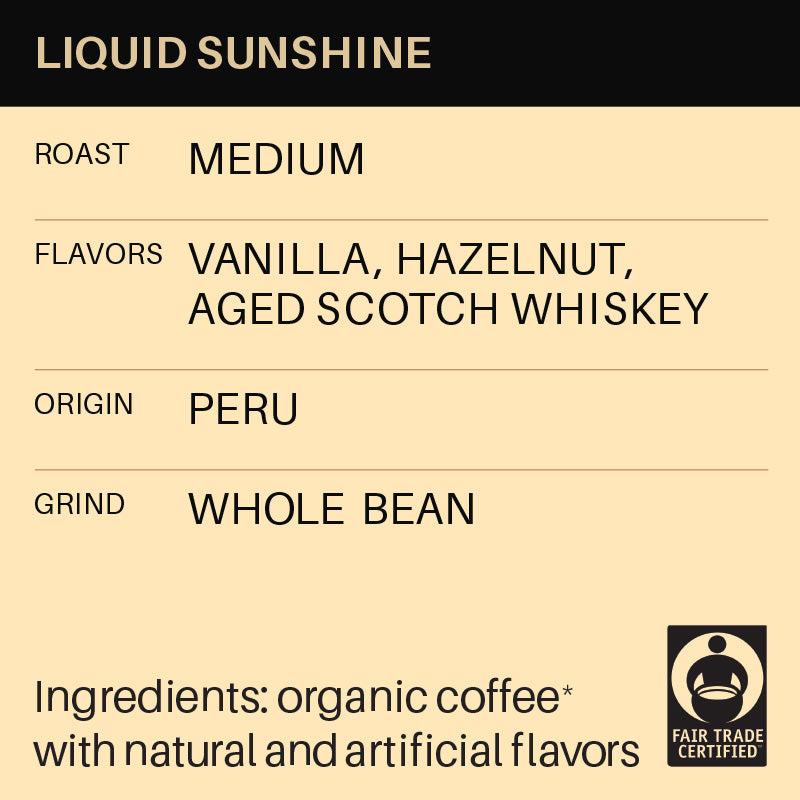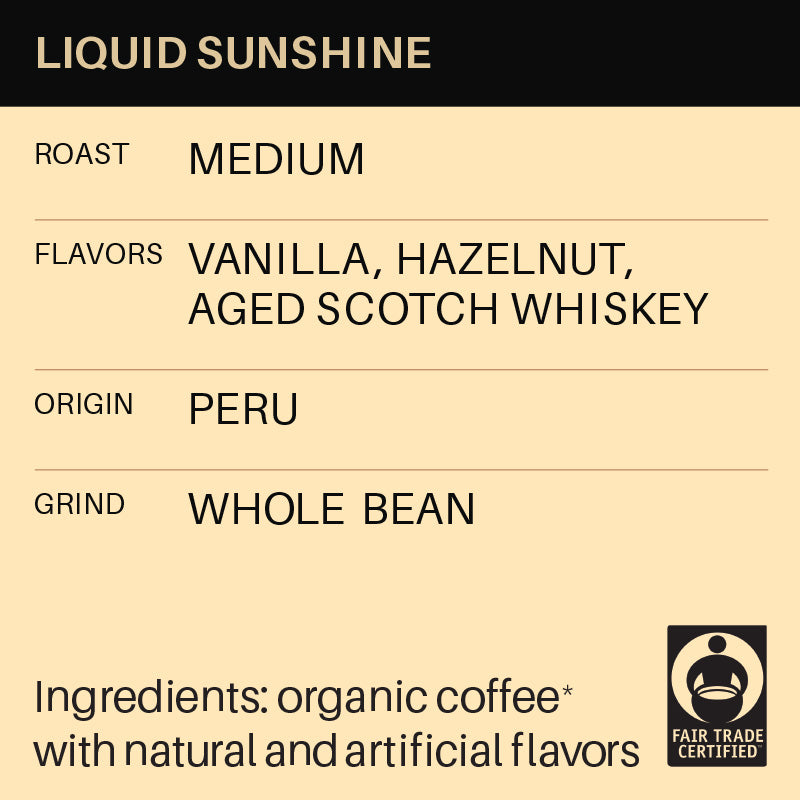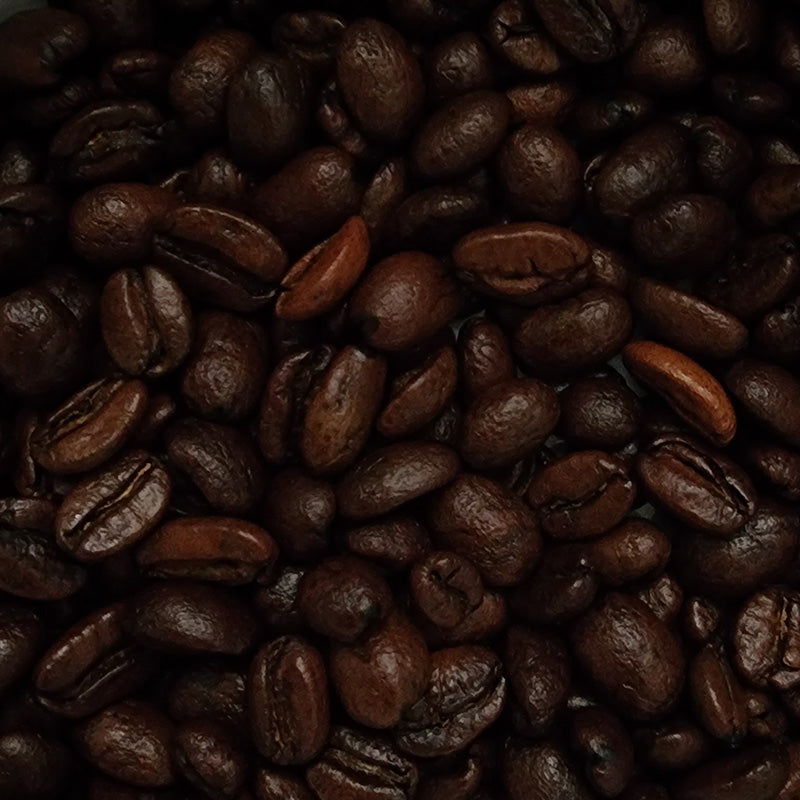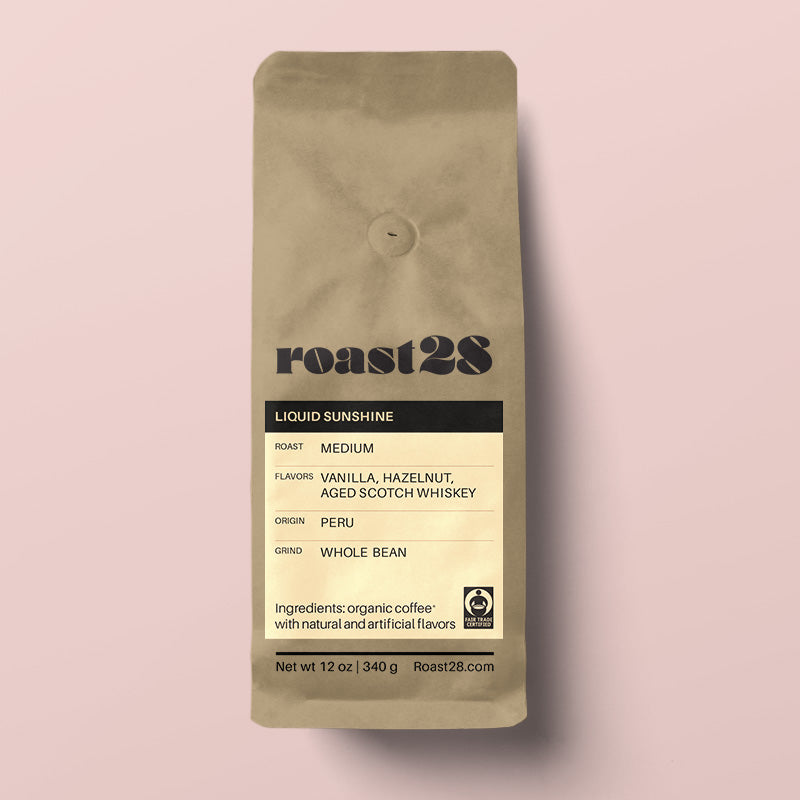In the world of coffee connoisseurs and enthusiasts, the perfect cup is not merely a result of quality beans and expert brewing techniques—it's also an intricate dance between water and coffee. Water, often overlooked, plays a crucial role in extracting flavors, aromas, and nuances from coffee beans. Delve into the fascinating interplay between water and coffee as we unravel the science behind the perfect brew.

The role of water quality
Water quality is the unsung hero in the coffee brewing process. It's not just a medium to transport coffee grounds; it's an active participant in extracting soluble compounds that contribute to the flavor profile of your cup. Impurities, minerals, and even the temperature of water can significantly impact the taste of your brew.
1. Mineral content
The mineral composition of water varies depending on its source. Magnesium and calcium are essential minerals that contribute to the extraction process. While too much can result in over-extraction, too little may lead to under-extraction. Striking the right balance is crucial for achieving the desired flavor.
2. Hard v. soft water
Water is often categorized as hard or soft based on its mineral content. Hard water, rich in minerals, can bring out certain flavors in coffee, but it may also lead to scaling in coffee machines. Soft water, with lower mineral content, might not extract flavors as effectively. Achieving the perfect balance often involves experimenting with water hardness levels.
3. pH level
The pH level of water influences the overall acidity of your coffee. Ideally, water should have a neutral pH of around 7. Lower pH levels can result in a sour taste, while higher pH levels may lead to bitterness. Understanding and adjusting the pH of your water can help you fine-tune the acidity of your coffee to your liking.

The impact of water temperature
The temperature at which water interacts with coffee grounds is a critical factor in brewing. Water that's too hot can lead to over-extraction, extracting bitter compounds, while water that's too cool may under-extract, resulting in a weak and sour cup. There is also a difference in water temperatures that should be used in brewing different roast levels.
1. Ideal temperature
Using an electric kettle can help you optimize your brew by being precise with temperature. The sweet spot for water temperature when brewing coffee is typically between 195°F to 205°F (90°C to 96°C). Within this range, water can effectively extract the desirable compounds from coffee without extracting unwanted bitterness.
2. Consistency matters
Consistency in water temperature is equally important. Maintaining a stable temperature throughout the brewing process ensures that the extraction is uniform, contributing to a balanced and flavorful cup. An electric kettle can be set to maintain a specific temperature when brewing coffee using pour-overs.

Brewing methods and water
Different brewing methods require different considerations when it comes to water. For example, espresso machines demand precision in water pressure and temperature, while pour-over methods rely on the controlled pouring of water to saturate the coffee grounds evenly. Take a few minutes to learn the proper steps of brewing coffee and then experiment accordingly.
1. Espresso machines
Many people are becoming at-home baristas with elegant espresso machines that require water to be periodically refilled. Espresso, the concentrated coffee beloved by many, requires water at high pressure and a specific temperature. The pressure forces water through finely ground coffee, extracting a rich and intense flavor profile.
2. Pour-over methods
Pour-over methods, like the Hario V60 or Chemex, rely on the gentle pouring of water over coffee grounds. Here, the choice of water temperature and pouring technique plays a pivotal role in achieving a nuanced and well-balanced brew. Many expert baristas choose a higher heat for the bloom and then a lower heat when brewing dark roasts specifically.

Experimentation is key
The journey from coffee bean to the perfect cup is an intricate process, and water is the silent conductor orchestrating the symphony of flavors. Understanding the impact of water quality, mineral content, pH level, and temperature empowers coffee enthusiasts to take control of their brewing process. Experimentation is key—by fine-tuning these variables, one can unlock a world of diverse and delightful coffee experiences, making each cup a unique and personalized masterpiece.




